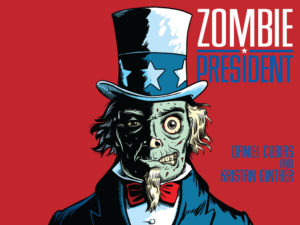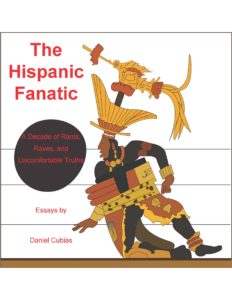In a previous post, I mentioned that my grandmother makes the best pupusas in the history of Western civilization. It is best not to argue this point with me.
The pupusa, for those of you who don’t know, is more or less a tortilla stuffed with meat, cheese, and/or beans that is then fried. There are numerous variations. I’ve heard it compared to the meat pies of Great Britain, but I reject this characterization on the grounds that English food sucks.
In El Salvador, November 13 is National Pupusa Day, which gives you an idea of how seriously this dish is taken in that culture. It also shows how people who don’t celebrate Thanksgiving still want something to fill that calendar void before Christmas.
Years ago, one of my friends was so taken with my grandmother’s pupusas that he attempted to make them himself. He is a male who cooks, which would incense my grandmother (see my previous post for her opinions on guys in the kitchen), and the fact that he is white gives him a theoretical disadvantage in making a Salvadoran dish. But he is a Yale graduate and a pretty quick study, so I believed he had as good a chance as anybody at mastering exotic cuisines. In addition, he has spent so much time with my family that my mother refers to him as her other son, and I must admit that his Spanish is possibly better than mine. So he’s pretty much an honorary Hispanic.
So my friend strapped on an apron, which must have been comical because he’s a towering man who played college football, and set to work slapping patties and cooking chicharrones and scooping queso. Everything seemed to be going well, right up until the moment the first charred pupusa set off the smoke alarm. Alas, things did not improve after that, and the resultant mess of crumbly dough and gooey innards could hardly be called authentic pupusas.
I give my friend credit for expanding his cultural horizons. But in the end, this highly educated, muscle-bound man had to admit that a 90-pound octogenarian had him beat.
If you are bold enough to think you can outcook my grandmother, by all means, give it a try. Here is a recipe for pupusas. If you really want to do it right, sprinkle them with some curtido. If, as I suspect, you fail miserably at this culinary endeavor, head to a Salvadoran restaurant, which are in every major city. Order a pile of pupusas, and tell them the Fanatic sent you.





